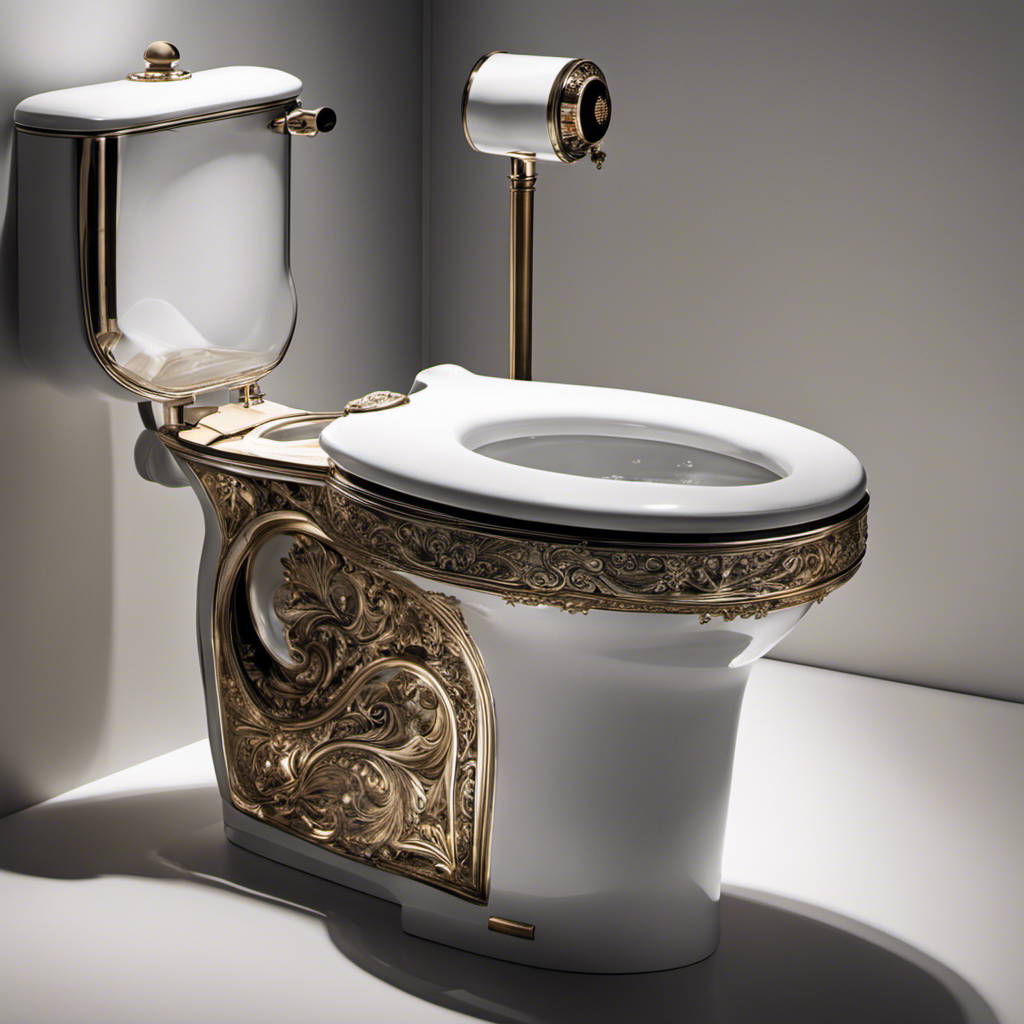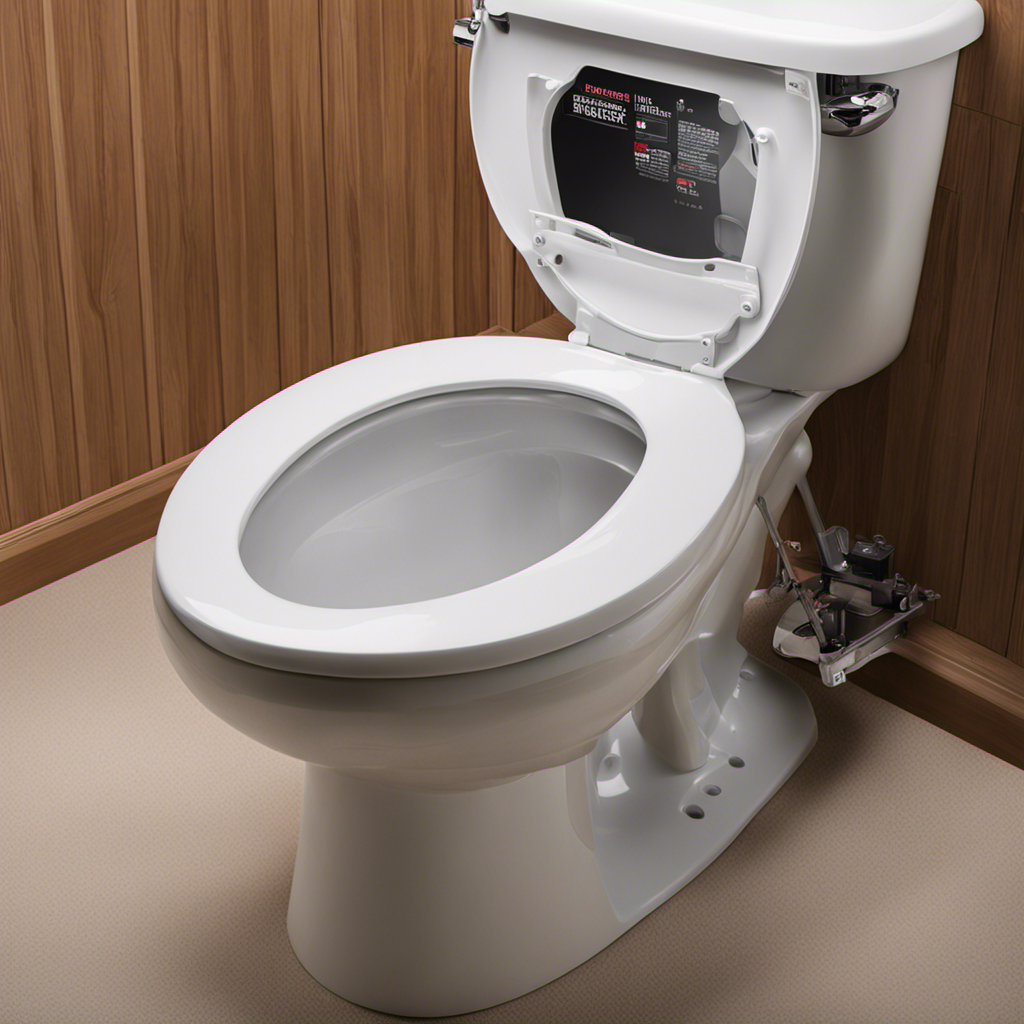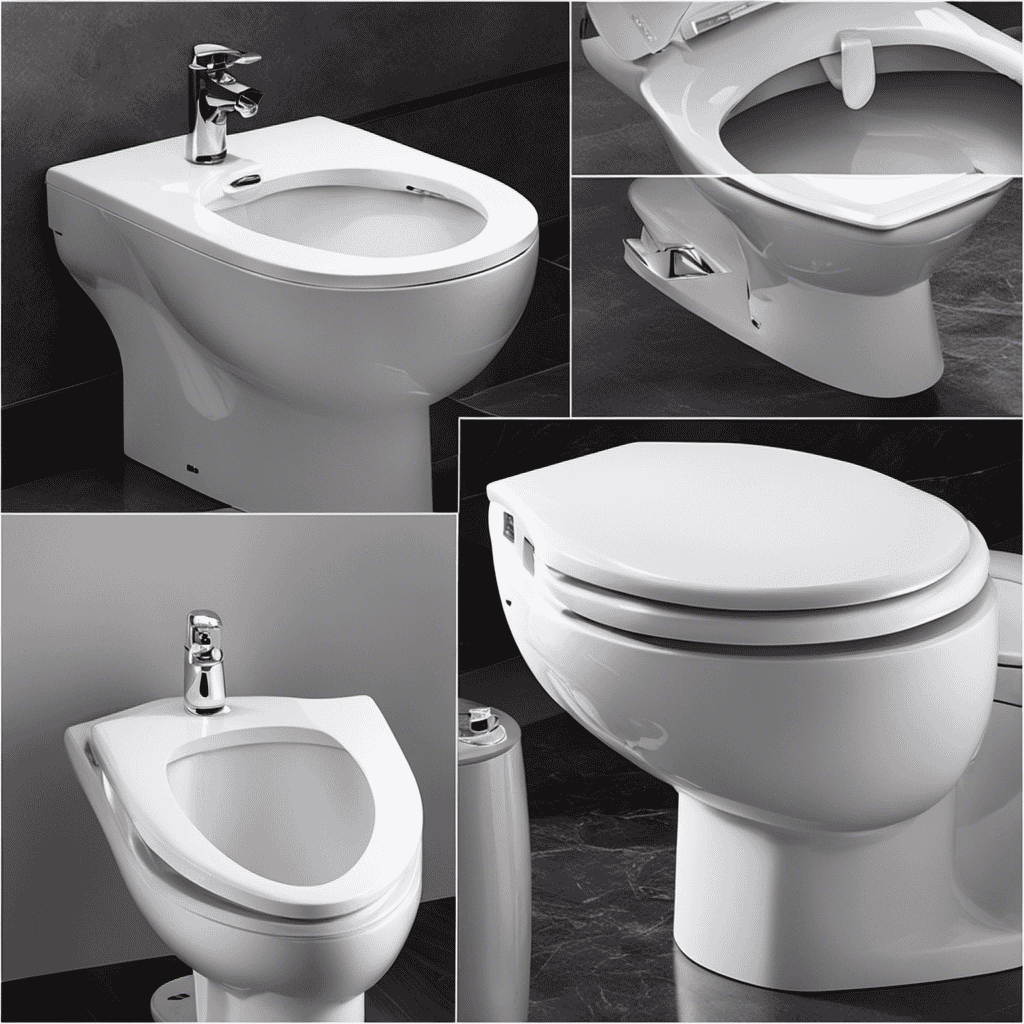Did you realize that in just the United States, it’s estimated that about 18 billion single-use diapers are discarded annually?
Many parents wonder if they can flush diapers down the toilet as a convenient disposal method.
In this article, we will explore the risks and consequences of flushing diapers, understanding plumbing systems, and the environmentally friendly alternatives.
By the end, you’ll have the knowledge you need to make informed choices about diaper disposal.
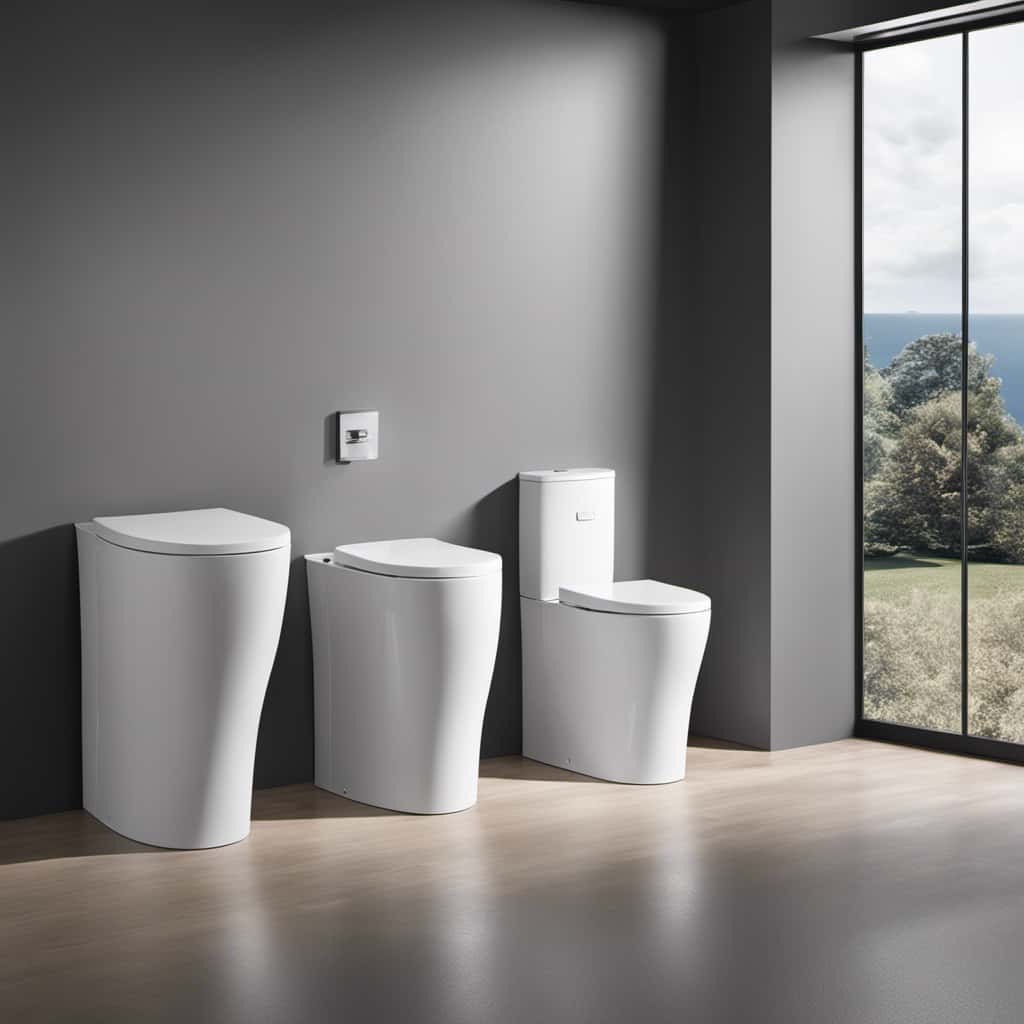
Let’s dive in!
Key Takeaways
- Flushing diapers can cause toilet clogs and blockages in the pipes.
- Proper disposal of diapers in a trash can is important to prevent clogs and sewage backups.
- Flushing diapers can lead to costly repairs and potential health hazards in the sewer system.
- Improper diaper waste management contributes to landfill pollution and harmful environmental consequences.
The Risks of Flushing Diapers
When it comes to flushing diapers down the toilet, there are a number of risks that we need to be aware of. One major risk is toilet clogs. Diapers aren’t designed to break down in water like toilet paper, so when flushed, they can easily get stuck in the pipes and cause blockages. These clogs not only disrupt the normal flow of water, but they can also lead to sewage backups, which can be messy and unsanitary.
Sewage backups can cause extensive damage to your plumbing system, resulting in expensive repairs and potential health hazards. Therefore, it’s important to never flush diapers down the toilet. Instead, dispose of them properly in a trash can.
Understanding the risks involved will help us prevent unnecessary plumbing problems and maintain a healthy and functional toilet system.

Understanding Toilet Plumbing Systems
As we delve into the topic of ‘Understanding Toilet Plumbing Systems,’ it’s important to recognize the intricacies involved in maintaining a functional and efficient toilet system. Here are some key points to keep in mind for proper toilet maintenance and to avoid common plumbing issues:
- Regular inspection and cleaning of the toilet tank, bowl, and surrounding areas can prevent buildup and potential clogs.
- Understanding the flushing mechanism of your toilet, whether it’s gravity-fed or pressure-assisted, can help you troubleshoot any flushing problems.
- Pay attention to the water supply valve and ensure it’s working properly to avoid leaks or inadequate water flow.
- Regularly check the flapper valve and the fill valve for any signs of wear and tear, as these components are crucial for proper flushing and water control.
- Proper disposal of waste and avoiding flushing non-flushable items, such as diapers, can prevent blockages and costly repairs.
Impact on Sewer Systems
To address the impact on sewer systems, let’s explore the consequences of flushing diapers down the toilet. Flushing diapers can lead to toilet clogging and blockages in the sewer system. Diapers aren’t designed to break down quickly like toilet paper, so they can easily get stuck in the pipes, causing backups and costly repairs.
Additionally, when diapers reach the sewage treatment plants, they can cause operational issues. The large size and absorbent nature of diapers can overload the treatment systems, leading to decreased efficiency and increased costs. Proper disposal of diapers in the trash is essential to prevent these problems and maintain the functionality of the sewer system.
Now let’s delve into the environmental consequences of flushing diapers down the toilet.
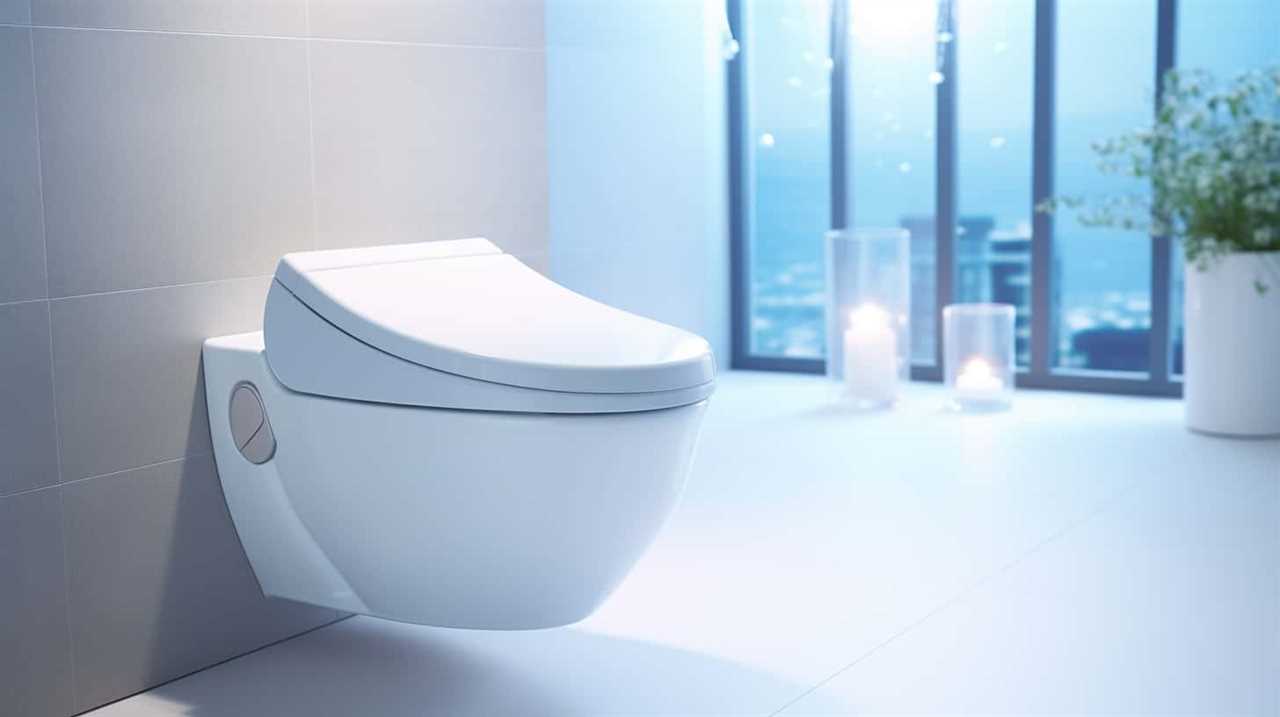
Environmental Consequences
For the sake of our environment, we need to consider the detrimental effects of flushing diapers down the toilet. Improper diaper waste management can lead to significant landfill pollution, contributing to the degradation of our ecosystems. Here are some key points to consider:
- Diapers take hundreds of years to decompose, adding to the already overwhelming amount of waste in landfills.
- The plastic and chemical components in diapers can leach harmful substances into the soil and water, posing a threat to wildlife and human health.
- Landfills are already struggling to manage the sheer volume of waste, and adding diapers to the mix only exacerbates the problem.
- Incineration of diapers releases harmful pollutants into the air, further contributing to environmental degradation.
- Implementing effective diaper waste management strategies, such as recycling or composting, can help mitigate the negative impact on our environment.
Understanding the environmental consequences of flushing diapers down the toilet highlights the importance of exploring alternative methods for diaper disposal. Now, let’s delve into the composition and breakdown of diapers to gain a better understanding of their impact.
Diaper Composition and Breakdown
When it comes to diaper composition and breakdown, it’s important to understand the materials used and their impact on the environment.
Diapers are typically made of a combination of plastic, wood pulp, and absorbent gel. While some components may break down over time, the plastic content in diapers can take hundreds of years to decompose fully.
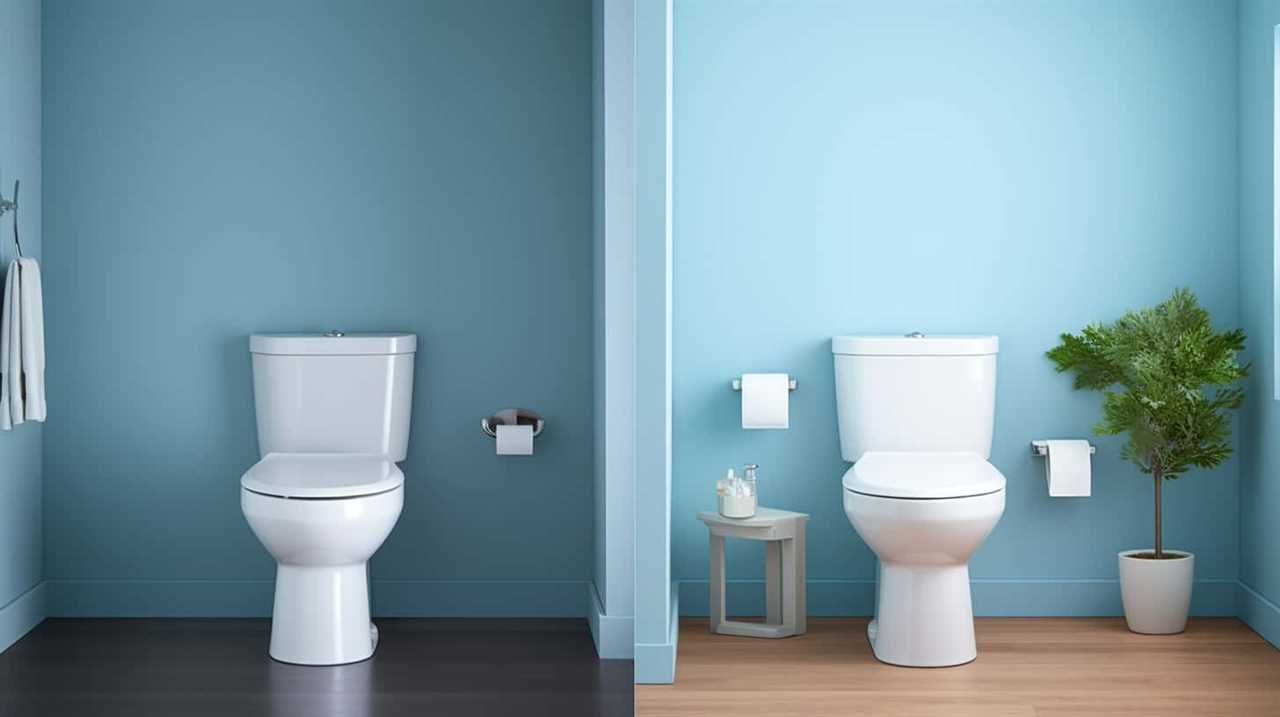
Considering the environmental consequences, it’s crucial to explore alternatives to flushing diapers down the toilet.
Diaper Materials Breakdown
As we explore the topic of diaper materials breakdown, it’s important to understand how diapers are composed and break down over time. Diapers are made up of several materials that contribute to their composition and decomposition.
Here is a breakdown of the diaper materials and their decomposition process:
- Superabsorbent Polymers (SAP): These polymers have the ability to absorb and retain large amounts of liquid, but they don’t break down easily. It takes a long time for SAP to decompose in landfill disposal sites.
- Polyethylene (PE): This material is used for the outer layer of diapers and isn’t biodegradable. It remains in the environment for hundreds of years, contributing to pollution.
- Wood Pulp: Diapers contain a significant amount of wood pulp, which is biodegradable. However, the decomposition process is slow and can take years.
- Elastic: The elastic components of diapers, such as waistbands and leg cuffs, aren’t easily biodegradable and can persist in the environment for a long time.
- Adhesives: Diapers are held together by adhesives, which don’t decompose easily and can contribute to landfill waste.
Understanding the composition and breakdown of diaper materials is crucial in finding more sustainable solutions for diaper disposal.
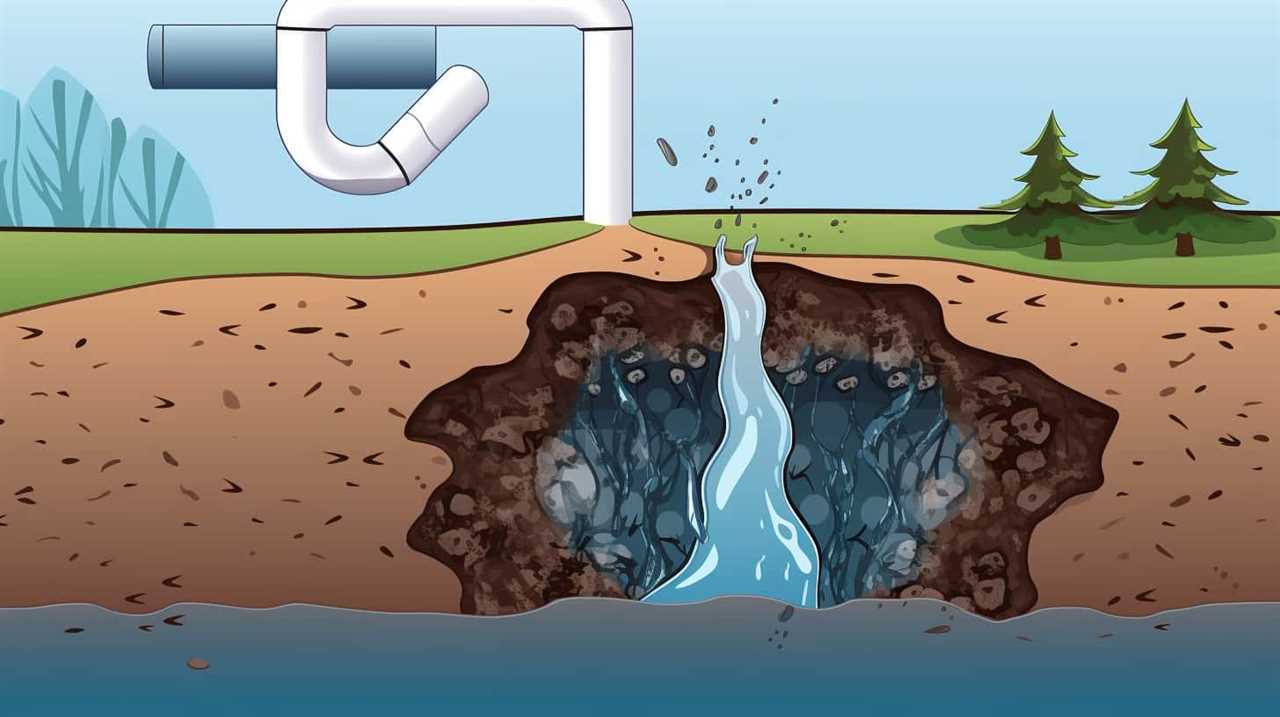
Environmental Impact Considerations
Our analysis of the environmental impact of diaper composition and breakdown reveals significant concerns.
Diapers are primarily made of non-biodegradable materials such as plastic and synthetic fibers. When these diapers end up in landfills, they can take hundreds of years to decompose, contributing to the growing problem of waste management.
Additionally, the production of these diapers involves the use of fossil fuels and the release of greenhouse gases, further exacerbating environmental issues.
However, there are biodegradable diaper options available in the market that aim to address these concerns. These diapers are made from sustainable materials that can break down more easily, reducing their environmental impact.
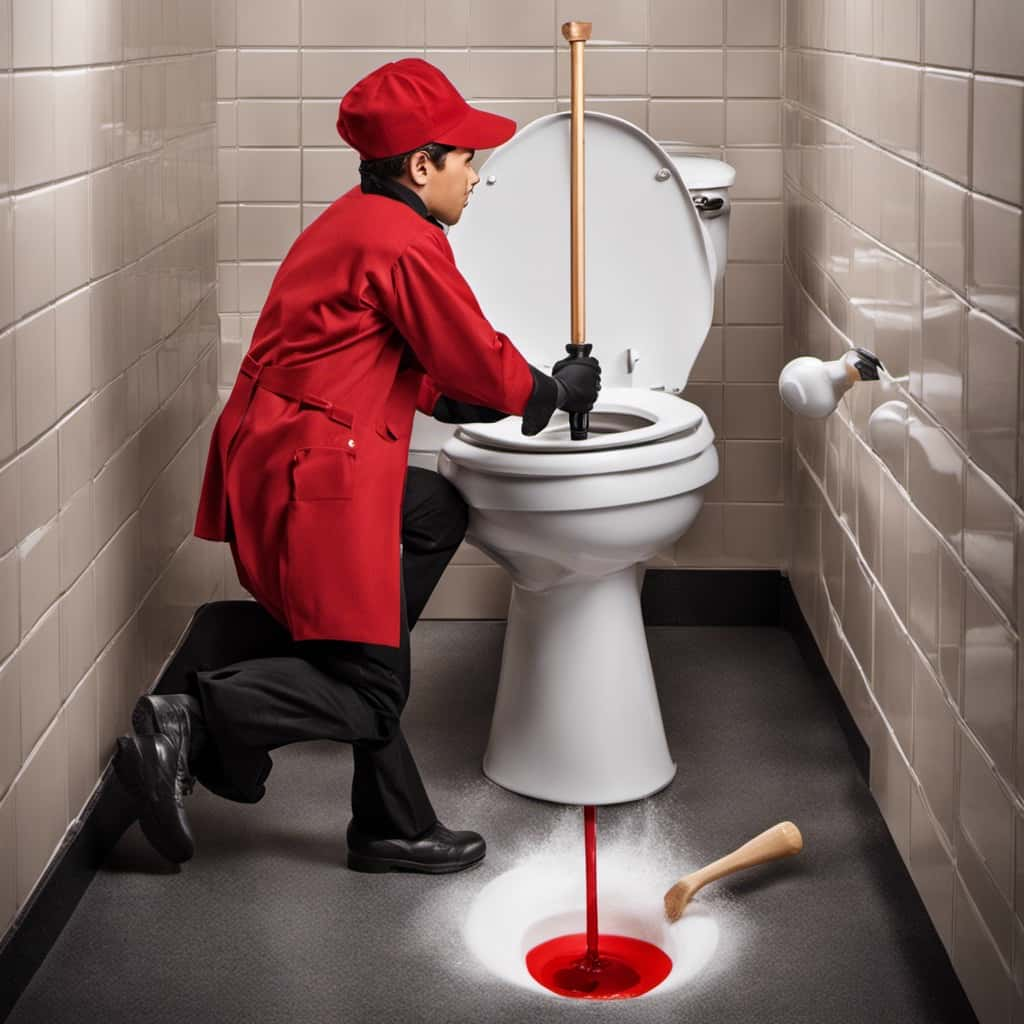
In the next section, we’ll explore alternatives to flushing diapers, considering both the environmental and practical aspects.
Alternatives to Flushing Diapers
To explore alternatives to flushing diapers, we’ll discuss the composition and breakdown of diapers and their impact on the environment. When it comes to diaper disposal alternatives, there are eco-friendly diaper options available that can help minimize the negative effects on our planet.
Consider the following:
- Biodegradable diapers: These diapers are made from plant-based materials that can break down naturally over time, reducing their environmental impact.
- Cloth diapers: Reusable cloth diapers are a popular choice for eco-conscious parents. They can be washed and reused multiple times, reducing waste and saving money in the long run.
- Composting: Some diapers can be composted in facilities designed to handle organic waste. These facilities facilitate the breakdown of diapers into nutrient-rich compost.
- Diaper recycling programs: Various organizations offer diaper recycling programs, where used diapers are collected, sanitized, and transformed into new products such as plastic lumber or roofing materials.
- Hybrid diapers: These diapers combine the convenience of disposable diapers with the eco-friendliness of cloth diapers. They consist of a reusable cloth cover with a disposable insert, reducing waste while maintaining convenience.
Alternatives to Flushing Diapers
One alternative to flushing diapers is using cloth diapers instead.
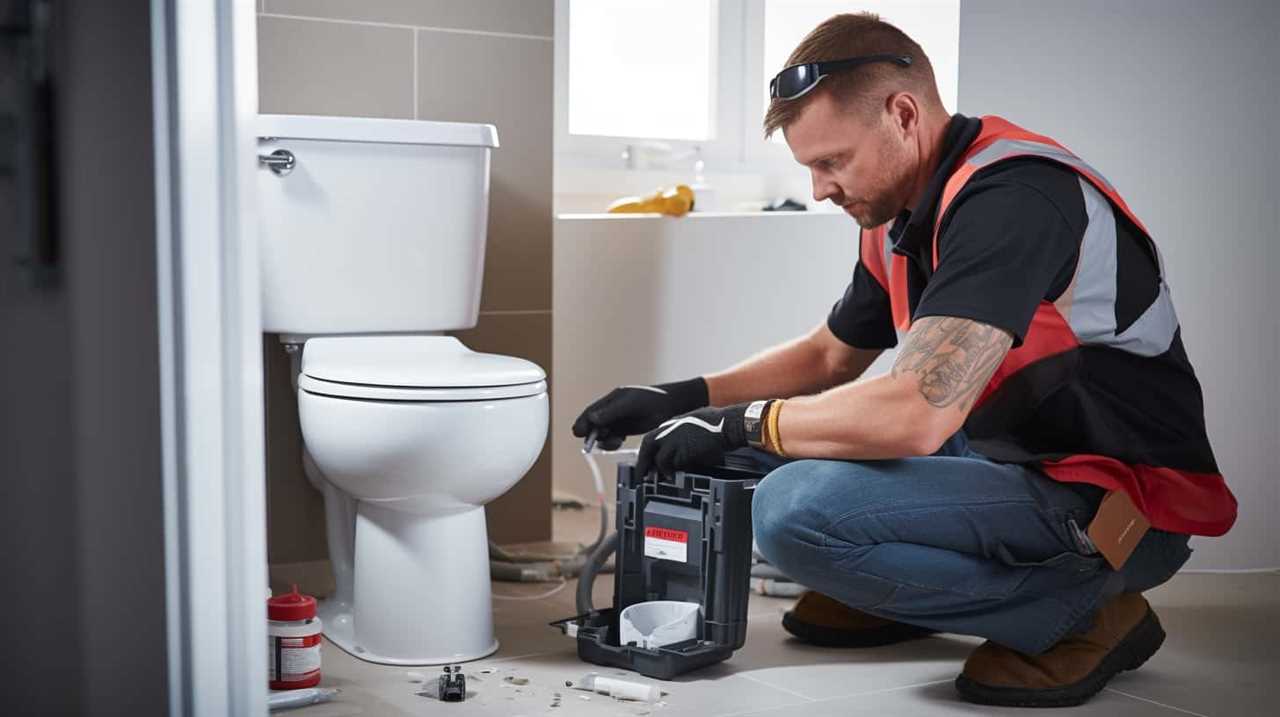
Cloth diapers are a more environmentally friendly disposal option compared to disposable diapers. They can be reused multiple times, reducing the amount of waste that goes into landfills.
Cloth diapers are made from materials such as cotton or bamboo, which are biodegradable and less harmful to the environment.
When it comes to diaper disposal methods, cloth diapers require a different approach. After use, they can be washed and sanitized, ready for reuse. Some cloth diaper users opt for diaper services, where the diapers are collected, washed, and returned. This eliminates the need for individual washing and ensures proper sanitation.
Diaper Disposal Methods
When it comes to disposing of diapers, there are several methods that can be used. Here are some diaper disposal methods and diaper pail options to consider:
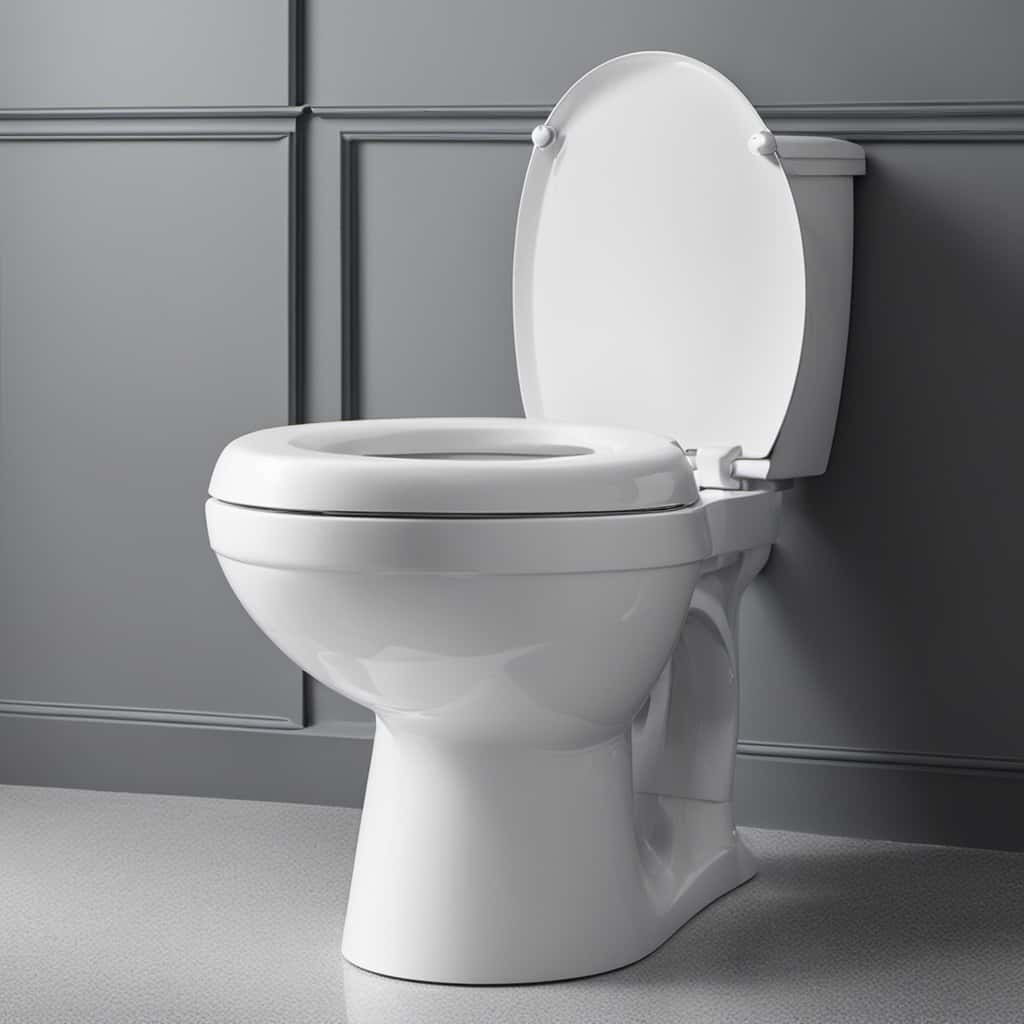
- Diaper Pails: These specially designed pails have a sealing mechanism that traps odors and keeps them contained until you’re ready to empty the pail.
- Diaper Genies: Similar to diaper pails, these devices offer a hands-free disposal experience by wrapping each diaper individually in a scented bag.
- Trash Bins: Using a regular trash bin with a lid can also be an option, especially if you regularly take out the trash to prevent odors from lingering.
- Diaper Bags: These disposable bags are convenient for on-the-go diaper changes and can be tied up securely before disposing of them in the trash.
- Diaper Services: Some companies offer diaper services where they pick up soiled diapers and provide fresh ones, reducing the need for disposal.
Choosing the right diaper disposal method depends on your specific needs and preferences. Consider factors like odor control, convenience, and environmental impact when making your decision.
Proper Diaper Disposal Etiquette
When it comes to proper diaper disposal etiquette, it’s important to consider environmentally-friendly options.
Instead of flushing diapers down the toilet, which can lead to clogged pipes and sewage backups, it’s recommended to dispose of them in the trash.
Additionally, improper diaper disposal can pose health and safety risks, such as the spread of bacteria and odors, so it’s crucial to follow proper disposal methods to maintain a clean and healthy environment.
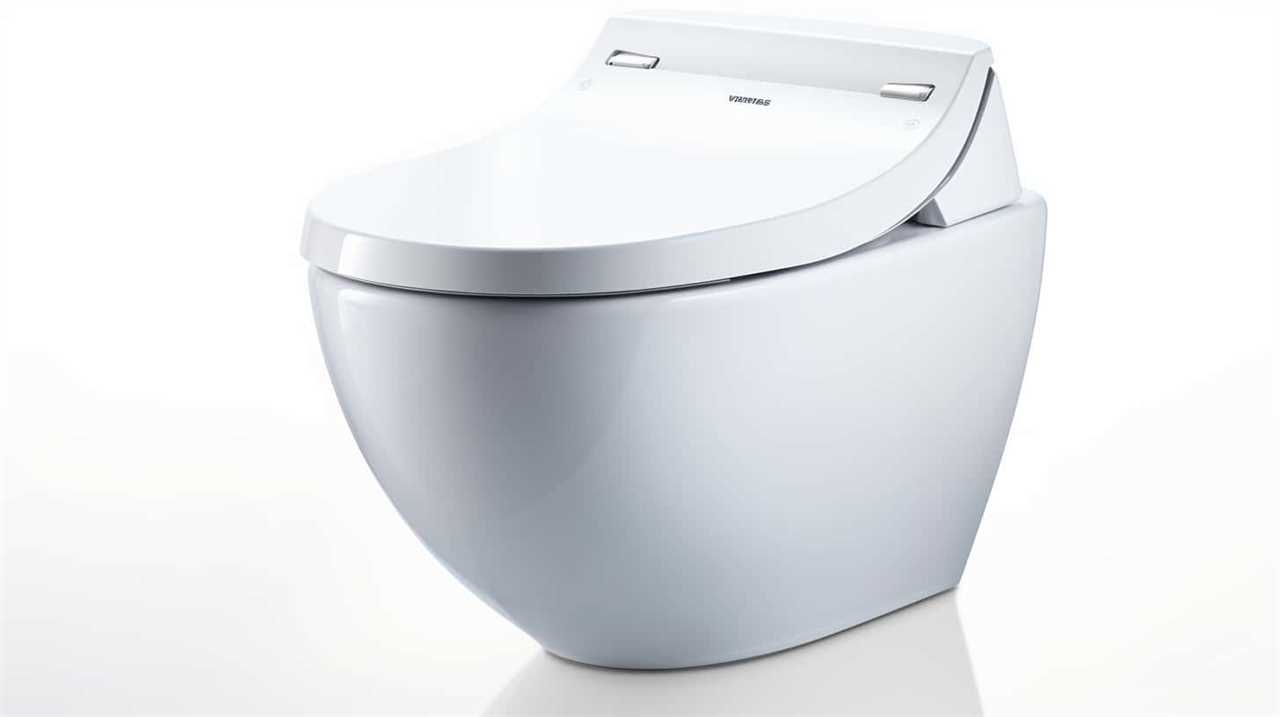
Environmentally-Friendly Disposal Options
To properly dispose of diapers in an environmentally-friendly manner, we should consider alternative methods that minimize their impact on the environment. Here are some options to consider:
- Use toilet paper alternatives: Instead of using regular toilet paper, you can opt for reusable cloth wipes or biodegradable toilet paper made from recycled materials. These alternatives reduce waste and are more eco-friendly.
- Choose biodegradable diaper options: Look for diapers that are made from biodegradable materials, such as bamboo or organic cotton. These diapers break down more easily in landfill conditions, reducing their environmental impact.
- Consider composting: If you have access to a composting facility, you can compost soiled diapers. However, it’s important to follow proper composting guidelines and ensure that the composting facility accepts diapers.
- Explore diaper recycling programs: Some companies offer diaper recycling programs where used diapers are collected and processed into other products. Research local programs to see if this option is available in your area.
- Reduce diaper usage: Ultimately, the most environmentally-friendly option is to reduce diaper usage by practicing elimination communication or using cloth diapers. This reduces waste and minimizes the environmental impact of diaper disposal.
Risks of Improper Disposal
To ensure proper diaper disposal etiquette and avoid potential risks, it’s important for us to be aware of the potential consequences of improper diaper disposal.
Improper disposal of diapers can pose significant health hazards and environmental concerns. First and foremost, it’s crucial to adhere to diaper disposal regulations set by local authorities.
Improperly disposed diapers can contaminate water sources, leading to the spread of harmful bacteria and viruses. Additionally, the presence of soiled diapers in landfills can release toxic substances into the environment, further polluting our surroundings.
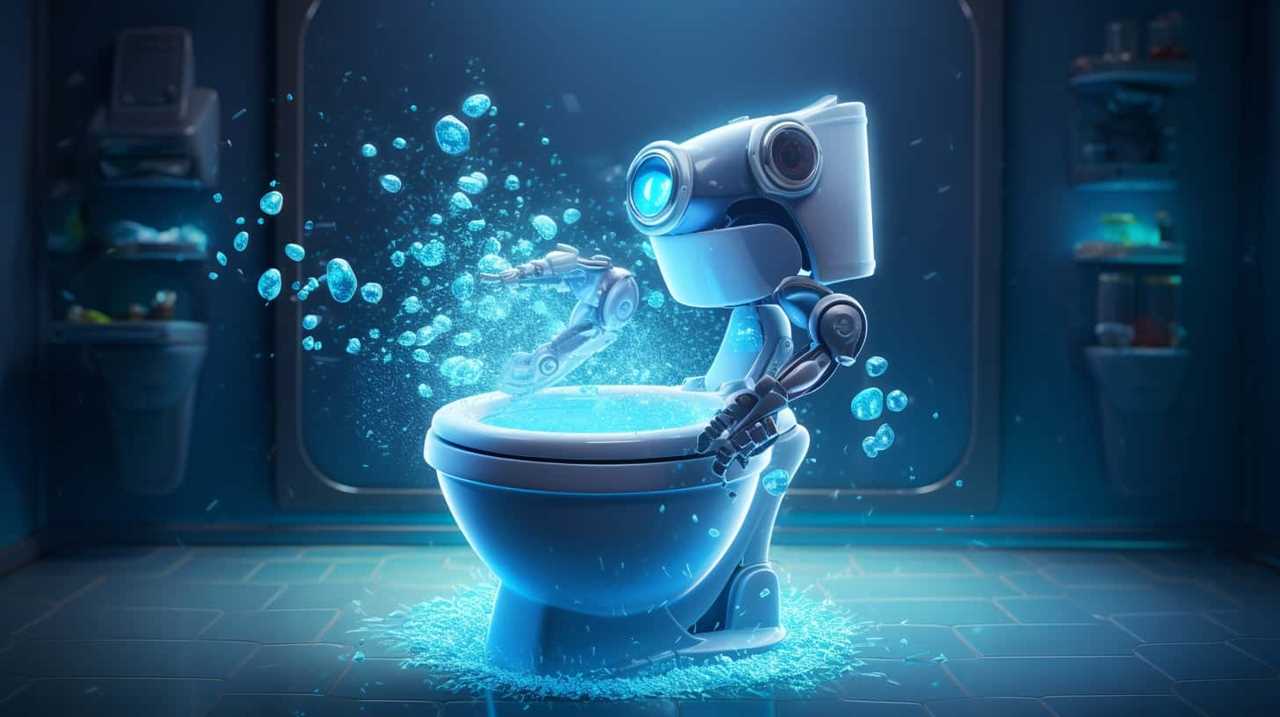
Moreover, improper disposal can attract pests and insects, creating unsanitary conditions. To mitigate these risks, it’s essential to follow proper diaper disposal methods, such as using sealed bags and designated diaper disposal bins.
Diaper Pail Options
We prefer using a diaper pail to dispose of our baby’s diapers. Diaper pails offer several benefits that make them a convenient and hygienic option for managing diaper waste.
Here are some recommended diaper pail options:
- Ubbi Steel Diaper Pail: This pail is made of steel, which helps to contain odors effectively.
- Playtex Diaper Genie Complete: With its innovative design, this pail keeps odors locked away and can hold up to 270 diapers.
- Munchkin Step Diaper Pail: This pail has a foot pedal for hands-free operation and a built-in odor control system.
- Dekor Plus Hands-Free Diaper Pail: This pail features a foot pedal and a unique refill system that allows for easy disposal.
- Tommee Tippee Simplee Diaper Pail: This compact pail is perfect for smaller spaces and offers a simple and efficient diaper disposal solution.
By using a diaper pail, you can conveniently and hygienically dispose of your baby’s diapers.
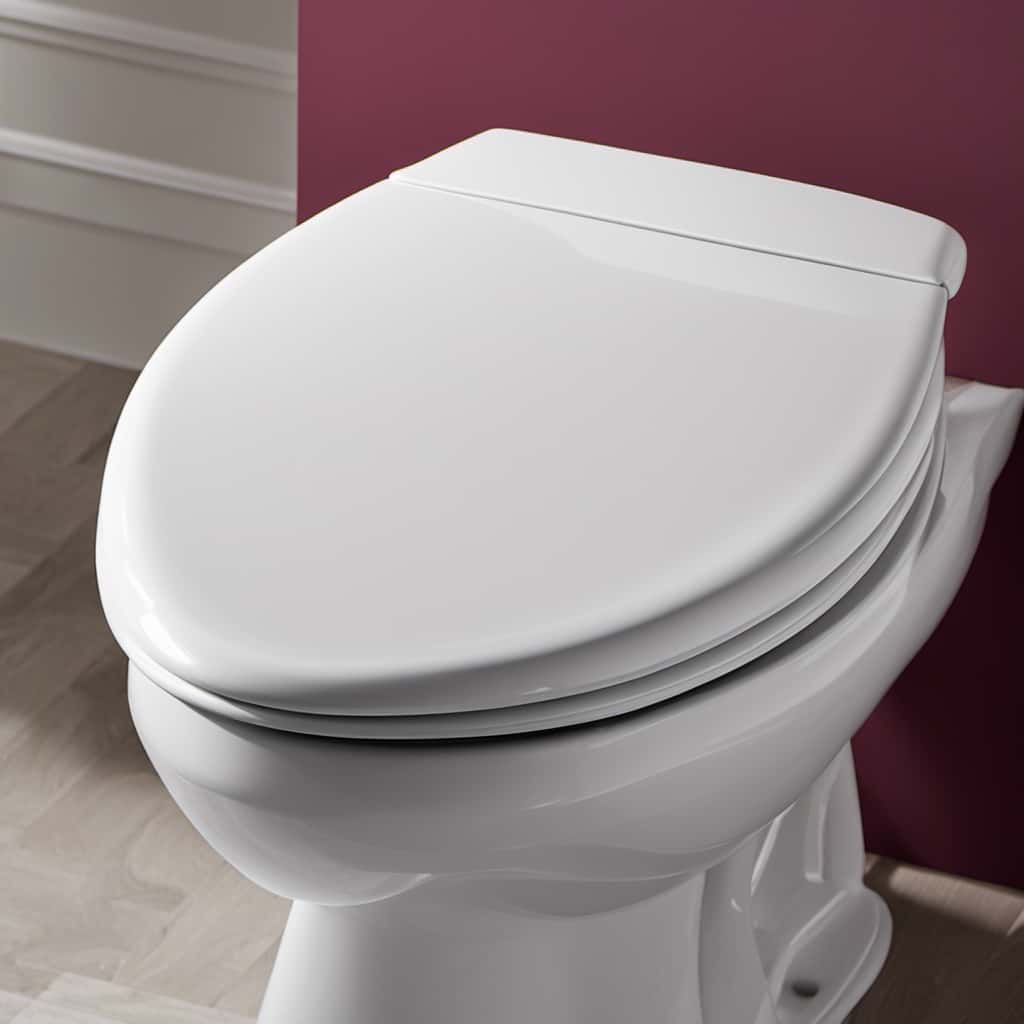
Now, let’s move on to the next section to make informed choices about diaper disposal methods.
Conclusion: Making Informed Choices
When it comes to making informed choices about diaper disposal, it’s important to consider the environmental impact of diapers and the proper methods of disposal.
Disposable diapers contribute to landfill waste and take centuries to decompose, while flushing them down the toilet can lead to clogged pipes and environmental pollution.
It’s crucial to explore alternative options such as compostable diapers or using diaper pails with proper disposal systems to minimize the environmental impact and make more sustainable choices for our planet.

Environmental Impact of Diapers
Frequently, we must consider the environmental impact of diapers in order to make informed choices. When it comes to diaper waste management, there are sustainable diaper options available that can help minimize the environmental impact. Here are some key points to keep in mind:
- Opt for biodegradable diapers: These diapers are made from plant-based materials that break down more easily than traditional diapers, reducing the amount of waste in landfills.
- Consider cloth diapers: Cloth diapers can be reused multiple times, reducing the overall waste generated. Look for organic cotton options for a more sustainable choice.
- Look for eco-friendly diaper brands: Some diaper brands prioritize sustainability and use materials that are renewable and eco-friendly.
- Use diaper composting services: These services collect used diapers and compost them in a controlled environment, turning them into nutrient-rich soil.
- Explore diaper recycling programs: Some companies offer diaper recycling programs that separate the different components of the diaper for recycling.
By considering these options, we can minimize the environmental impact of diapers while still meeting our baby’s needs.
Transitioning into the subsequent section about proper disposal methods, let’s explore the most effective ways to dispose of diapers.
Proper Disposal Methods
To properly dispose of diapers and make informed choices, it’s important to consider effective disposal methods that minimize environmental impact.

Fortunately, there are several diaper disposal options available that promote eco-friendly waste management.
One option is to use a diaper pail with a liner that can be tied and sealed before being disposed of in the regular trash.
Another option is to choose biodegradable diapers, which are designed to break down more easily in landfill conditions.
Additionally, some communities offer diaper composting programs, where soiled diapers are collected separately and processed into nutrient-rich compost.
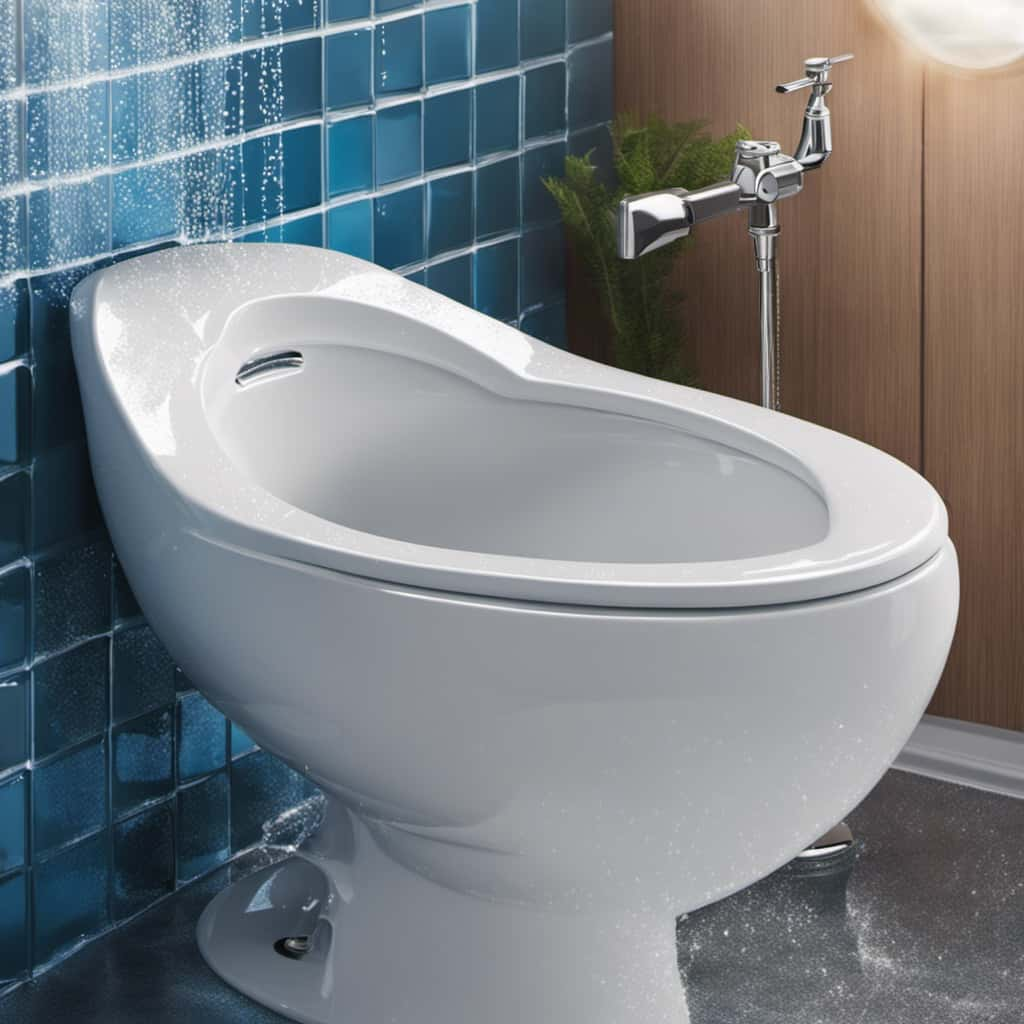
It’s crucial to research and understand the disposal options available in your area to ensure you’re making the most environmentally responsible choice.
Conclusion
In conclusion, while it may seem convenient to flush diapers down the toilet, the risks and consequences far outweigh any potential benefits. By doing so, you not only put your plumbing system at risk but also contribute to the strain on sewer systems and the environment.
Diapers aren’t designed to break down easily and can cause blockages and pollution. It’s best to opt for proper diaper disposal methods and make informed choices for a cleaner and functioning system.



